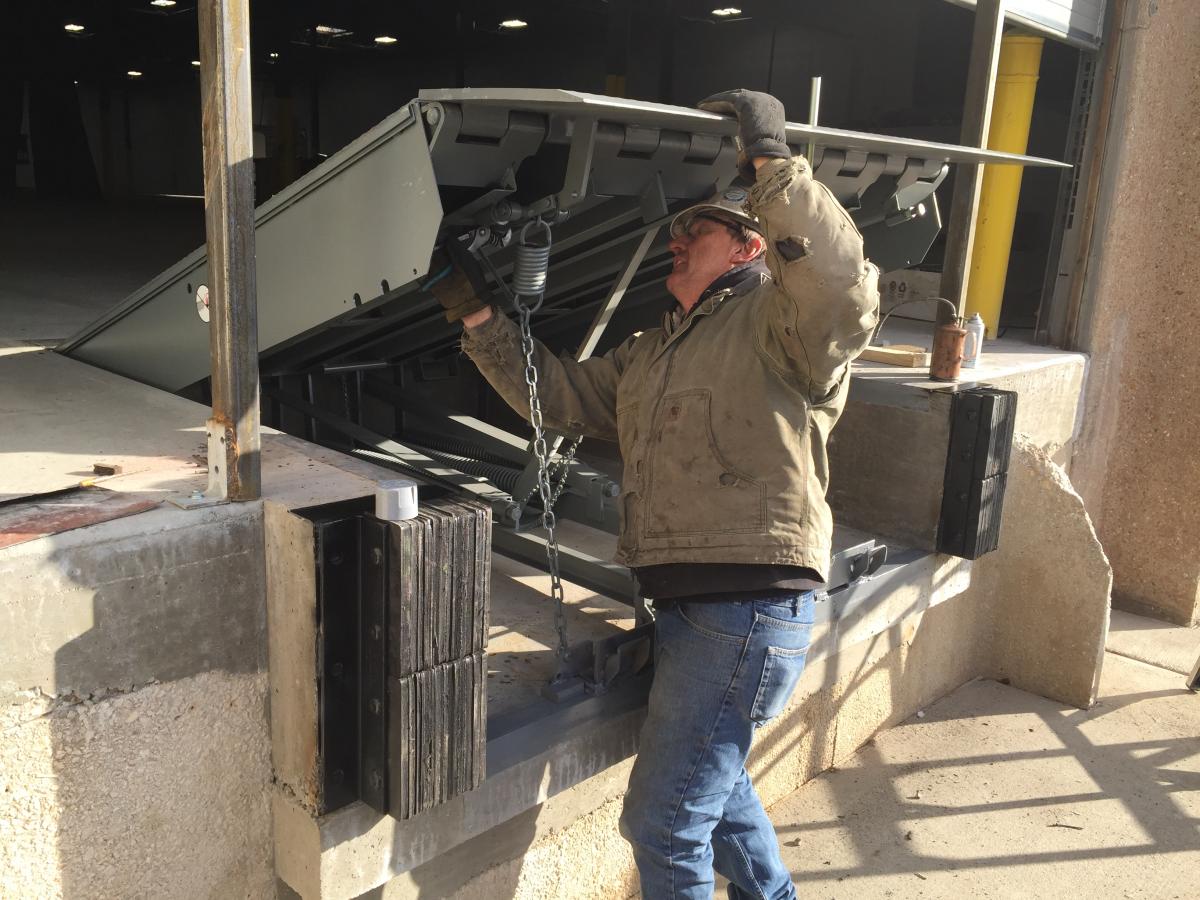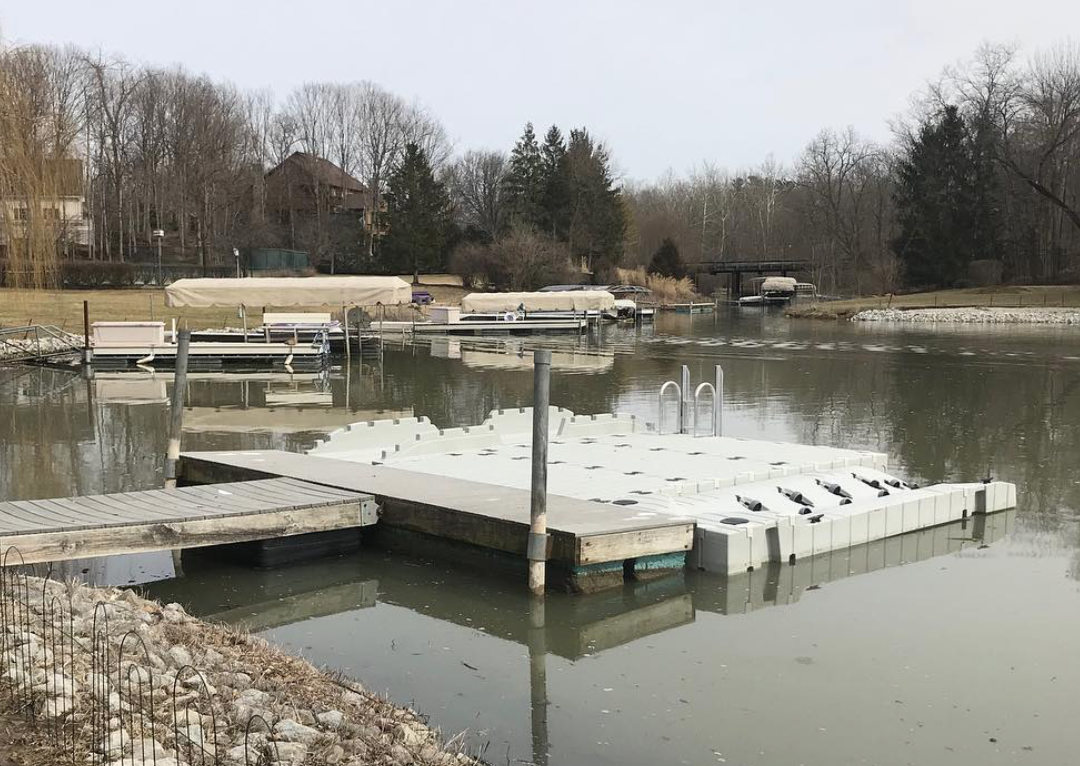Seasonal Preparations: When to Arrange Your Dock Repairs
Seasonal Preparations: When to Arrange Your Dock Repairs
Blog Article
Effective Dock Repair Service Techniques: Making Sure Architectural Stability
Making certain the structural honesty of docks with efficient fixing methods is paramount for the longevity and security of marine facilities. Subsequently, selecting the appropriate repair work products, such as corrosion-resistant alloys and composite products, is vital for sturdiness.
Assessing Dock Damages
Assessing dock damage is an important very first step in ensuring the architectural stability and safety of any docking center. This first analysis includes an extensive evaluation to determine both surprise and noticeable damages. Secret aspects to check out include the dock's structure, pilings, decking, and hardware. Each component needs to be inspected for signs of wear, rot, deterioration, or various other forms of destruction that might jeopardize the architectural honesty.
Structural engineers or qualified assessors normally do these assessments using specialized tools and methods. As an example, underwater examinations could employ finder tools or from another location ran automobiles (ROVs) to discover immersed damages. Over water, visual assessments are enhanced by utilizing wetness meters and other diagnostic devices to uncover underlying problems not quickly visible to the naked eye.

Deciding On Repair Work Products
Selecting the appropriate repair products is a pivotal action in the dock repair procedure, one that directly influences the longevity and performance of the fixed structure. Material option should be driven by factors such as environmental problems, load-bearing needs, and compatibility with existing dock parts. Wood is a standard selection for docks due to its natural resilience and aesthetic appeal. Picking the right kind of wood, such as pressure-treated lumber or naturally rot-resistant types like cedar or teak, is vital to endure aquatic environments.
Along with wood, composite materials are increasingly preferred as a result of their durability and reduced maintenance demands. Compounds, commonly made from a mix of plastic and wood fibers, supply outstanding resistance to rot, insects, and UV damage. For metal anchors, picking corrosion-resistant alloys such as galvanized steel or marine-grade aluminum is necessary to avoid rust and ensure architectural stability in saline water problems.
Epoxy materials and marine-grade sealants are indispensable for fixing splits and securing joints, offering a water resistant barrier and boosting the dock's general stamina. By diligently picking high-grade products, dock repair work can achieve durable results, thus guarding versus future destruction and making sure safe, reliable use.
Structural Reinforcement Techniques
Reliable architectural support strategies are critical in making certain the stability and longevity of dock fixings. This technique is especially reliable for anchors subjected to heavy loads or harsh environmental problems.
An additional necessary strategy is the application of fiber-reinforced polymers (FRP) These products provide high strength-to-weight proportions and exceptional resistance to corrosion, making them suitable for enhancing concrete or wood docks. FRP can be used in strips or sheets and bonded with epoxy resins to enhance architectural honesty.
Bracing and anchoring systems likewise play an important duty in structural support. Cross-bracing, using steel or wood light beams, can counteract lateral pressures, reducing persuading and motion. Securing systems, such as helical piers or driven heaps, give a steady foundation by transferring lots to deeper, a lot more steady dirt layers.
Last but not least, the combination of load-distribution plates click to read more can assist disperse weight a lot more uniformly across the dock's surface, alleviating localized stress and anxiety factors. These methods collectively ensure that docks remain durable and risk-free, efficient in standing up to the roughness of their operational atmosphere.
Advanced Repair Service Techniques

An additional sophisticated strategy involves underwater welding, which enables repair services to be carried out without the requirement to dewater the area. This technique is especially helpful for attending to architectural issues in submerged dock parts, guaranteeing marginal interruption to procedures. Enhanced welding methods, combined with robotic systems, deliver precision and dependability, thereby prolonging the life-span of the dock.
In addition, cathodic protection systems are implemented to avoid deterioration in metal dock frameworks. By using sacrificial anodes or pleased existing systems, these methods efficiently reduce the electrochemical procedures that cause product degeneration.
Lastly, progressed surveillance innovations, such as architectural health tracking (SHM) systems, give real-time data on the problem of dock structures. These systems allow aggressive maintenance and timely treatments, ultimately making certain the lasting structural stability of the dock.
Maintenance and Avoidance
Upkeep and avoidance are fundamental principles that underpin the longevity and security of dock structures. Regular examinations are critical, permitting very early discovery of wear and tear, potential weaknesses, and ecological impacts. An aggressive technique, involving routine look for rust, rot, and structural changes, minimizes expensive repairs and lengthens the dock's operational life.
Precautionary steps must consist of using safety layers to metal elements to defend against corrosion and utilizing cured timber to withstand degeneration. Additionally, making certain correct water drainage and ventilation can avoid water build-up, which is a typical reason for structural deterioration. Including quality materials and sticking to supplier standards throughout my blog building and repair stages also play vital roles in improving durability.

Educating personnel in dock upkeep best practices guarantees regular application of precautionary procedures. Leveraging technological advances, such as drones for inspections and sensing units for real-time surveillance, can even more enhance upkeep efforts. By focusing on maintenance and prevention, dock proprietors can make certain structural stability, operational security, and economical administration over the dock's lifespan.
Conclusion
In verdict, keeping the structural honesty of marine facilities necessitates thorough dock fixing methods. Advanced repair strategies, coupled with regular upkeep practices, make sure the dock continues to be secure and operational under diverse ecological problems.
Guaranteeing the architectural stability of anchors via effective repair work strategies is critical for the long life and safety of marine centers.Picking the ideal repair work materials is an essential action in the dock reconstruction process, one that directly affects the longevity and performance of the repaired structure.Effective architectural support techniques are critical in making sure the stability and durability of dock fixings. By prioritizing upkeep and avoidance, dock owners can guarantee structural integrity, functional safety, and economical management over the dock's lifespan.
In final thought, keeping the architectural stability of marine facilities necessitates extensive dock fixing strategies.
Report this page